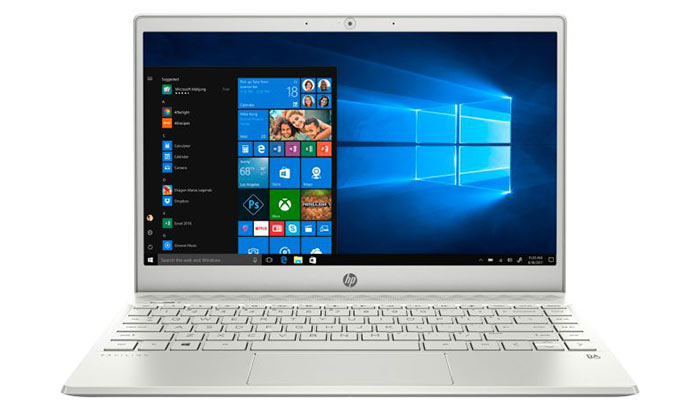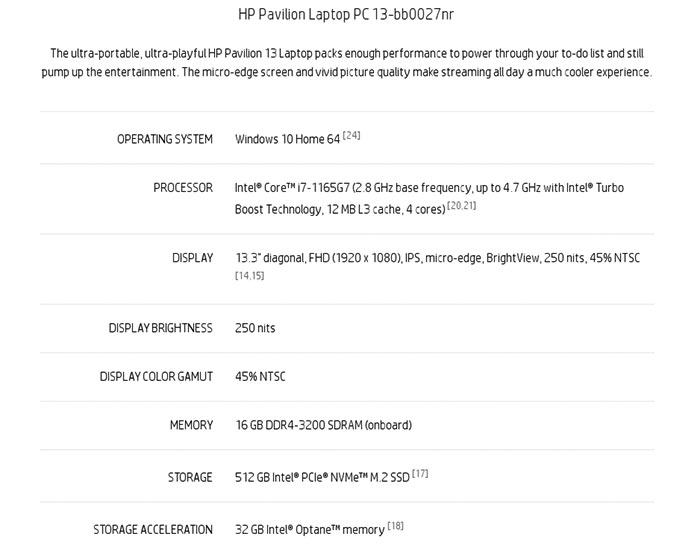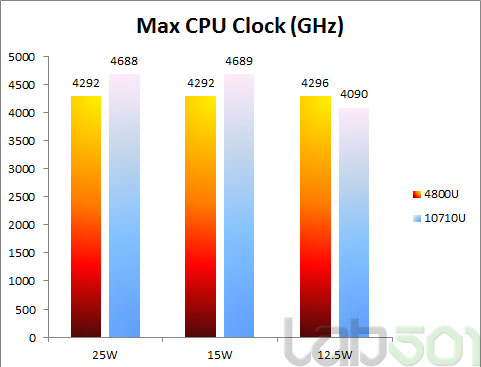Intel has a presentation hosted by Chief Architect, Raja Koduri, going live later today. The webcast will begin at 9am ET (2pm in the UK). Koduri has been on Twitter to tease details of the event, which will cover; Willow Cove, Tiger Lake, Xe graphics, and other new Intel tech. A more consumer focussed "Tiger Lake Virtual Launch Event" will take place on 2nd Sept at 12 noon ET (5pm UK time). We expect the second event to go beyond the technicalities and into products, fully tabulated SKU specs, and hopefully some partner product launches with prices attached.

It looks like HP has tripped over Intel's planned reveal schedule and accidentally published the product page for the Pavilion 13 laptop (13-bb0027nr). HP has since taken this product listing down but momomo-us captured it for posterity first. The specs summary, as reproduced below, reveals some excellent upgrades coming to the Pavilion 13, mainly due to Intel's Tiger Lake U processors.

The updated Pavilion 13 comes with the Intel Core i7-1165G7. This processor packs four Willow Cove cores with hyperthreading, plus 12MB of L3 cache. Clock speeds are significantly up on its predecessor (the Core i7-1065G7), at 2.8GHz base and 4.7GHz boost (Core i7-1065G7 offered 1.3/3.9GHz). Furthermore, the Intel Core i7-1165G7 features a 50 per cent fatter L3 cache (at 12MB) and Intel's new Xe graphics.
The supporting specs of the new HP Pavilion 13 laptop are quite attractive too. It has a 13.3-inch IPS screen with micro-edge (thought it isn't that bright at 250nits), plus there is 12GB of DDR4-3200 on board, with 32GB of Optane memory and a 512GB Intel PCIe NVMe M.2 SSD installed too. This laptop has Intel Wi-Fi 6 and BT5.0, B&O stereo sound, 720p webcam, and is 17.8mm thick and weighs in at 1.3kg.
HP doesn't provide an estimated battery life for the 43Wh pack installed. We also don't know about pricing and availability. It is possible we might find out these things after/during Koduri's presentation today but I think this kind of info is more likely to come along on/after the 2nd Sept event.

If you are after a bit of a preview of Koduri's architecture day event (scheduled for 2pm), VideoCardz reckons it will be used to announce SuperFin and SuperMIM, discuss Willow Cove, Xe-LP graphics, and Xe-HPG gaming cards with hardware raytracing.








